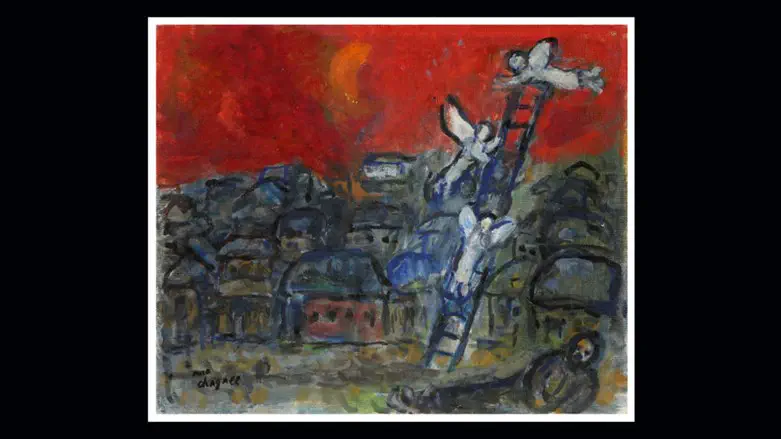
Why does the holiday of Matan Torah have the name Shavuos?
Shavuos, the term for "weeks," highlights the preparation aspect. The Rav famously said, there's no kedusha without hachana - no holiness without preparation.
That being said, Shavuos, when pronounced with a sin and not a shin, is savua, full, complete, because this time has a completeness aspect to it, with continuous growth.
When Shavuos does arrive, it's a day with the highest level of sanctity, kedusha, as it relates to the giving of the Torah. A rav explains that this is behind the custom to eat dairy. Dairy has no inherent kedusha, but this day is so infused with kedusha that we can make anything holy.
This is corroborated by the Gemara that notes everyone holds that Shavuos is a holiday which is totally for us, “lachem.” It's a day for us to enjoy through eating and other physical aspects. But it's Matan Torah? On such a day, spirituality can automatically be infused into the physical.
Using Shavuos as a springboard, we have the ability to live with full kedusha every day of our lives, in every act we engage in. The Mesillas Yesharim notes that the optimum level to live life is at a level of kedusha.
We have the potential to connect to G-d on such a high level in every moment that every act we do is inherently holy. In addition, just as an offering, a korban, is kadosh and can't be brought with the wrong thoughts, we are holy, and our thoughts must be based on pure motivations.
Connecting to G-d with one's total being, and getting pleasure out of being one with the Shechinah, has the effect of making every act we engage in purely spiritual, thus fully removing us from any kind of mundane existence.